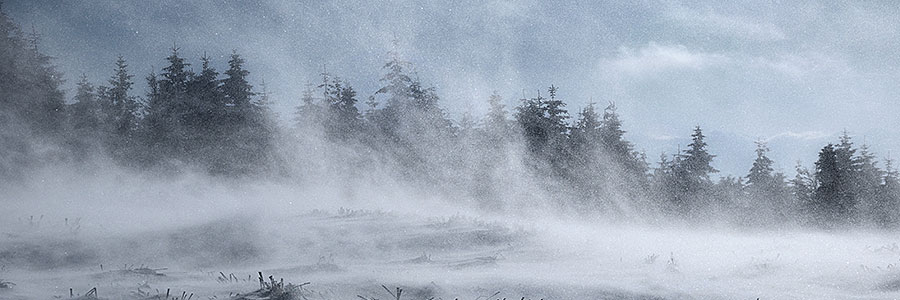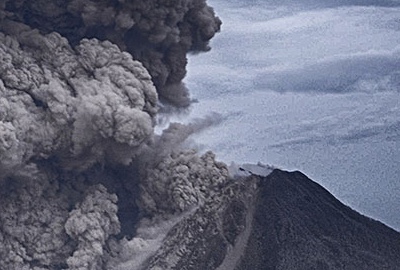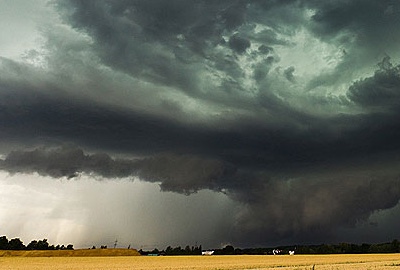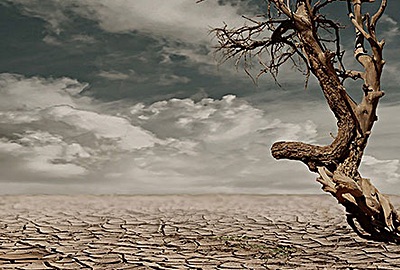 2022-05-08
2022-05-08

Historic Blizzards
- ArticlesandContent.com (CIRCA 2005)
- /
- Oct 8, 2021 (written 2005)
The Great Blizzard of 1888 was one of the deadliest weather disasters to hit the United States in recorded history.
Snowfalls of up to 40-50 inches in parts of New Jersey, Massachusetts, Connecticut, and New York caused heavy storm damage and many people died trapped in their houses during this terrible weather. Storm winds hit over 45 miles per hour, producing massive 50 foot drifts and causing even more storm damage and confusion.
When was the storm?
The Great Blizzard hit on March 11, 1888 and lasted through March 14, 1888.
Where did it hit?
The Great Blizzard, also known as the Great White Hurricane, struck the Eastern Coast of the United States and the Atlantic Ocean, as well as from Chesapeake Bay up through Canada, isolating people in their homes, disabling emergency services, and downing telegraph services in the affected states.
Whom did it affect?
It was not just the cold that killed people during the Great Blizzard of 1888; as fire stations became completely snowed in, and property damage and deaths by fire grew. At sea, at least 100 seamen died as approximately 200 ships were grounded because of the storm. Another 100 people were estimated to have died in New York alone, with the total death toll of the storm being about 400 people altogether. Most of the casualties were the sick, as well as the very young and very old, with lack of nutrition, cold, and fire being responsible for most of the deaths.
How did people react?
Fuel became extremely scarce during this weather disaster, and people had to turn to burning furniture and other fuels to stay alive while trapped in their homes. When people began emerging from their homes, the men attempted to dump the snow into the Atlantic Ocean to get rid of it. The terrible storm and incredible storm damage, as well as the transportation crisis during and immediately following the storm, led directly to the proposal and creation of the New York subway system, which was approved six years later in 1894 and begun at the turn of the millennium in 1900.
Have there been worse blizzards?
While there have been many terrible storms since the Great Blizzard of 1888, some with heavier snowfall and some with significantly lower temperatures, there has not been a storm since 1888 that matched this one. This blizzard’s combination of low temperatures and heavy snow has gone unmatched for more than a century in the Eastern United States.
The Blizzard of 1977
The blizzard of 77 was a weather disaster that struck the east coast on January 28, 1977. On that Friday morning, while there were absolutely no signs of a pending weather disaster, by the afternoon the blizzard of 1977 weather storm had struck. In the blizzard of 77, the temperatures outside dropped to nearly zero degrees Fahrenheit and quite suddenly, the winds picked up and peaked at an average of 70 miles per hour. The snow blizzard produced a frightening wind chill of 60 degrees below – the Storm of the Century was underway. The visibility factor of the snow blizzard was at zero for 24+ hours, 29 people lost their lives, seven counties were deemed national disaster areas, and the storm damage took almost a month to clean up.
The Blizzard of 1993
The blizzard of 93 delivered some 22 inches of snow onto the eastern coast and the weather storm raged for three days, from March 12th through to the 15th. The weather disaster of 93 produced some severe storm damage: some roofs collapsed under the incredible pressure from so much snow in a short period. The blizzard of 93 involved the entire eastern coast from Canada all the way to Florida. The number of deaths that occurred in the blizzard of 93 far outweighed the number of fatalities in the blizzard of 77: a total of 270 people lost their lives and an additional 48 people were missing at sea in the blizzard of 93. The blizzard produced storm damage that left 3 million homes without electricity, 15 tornados occurred in Florida, and the overall storm damage was estimated at a whopping 6 billion dollars.




